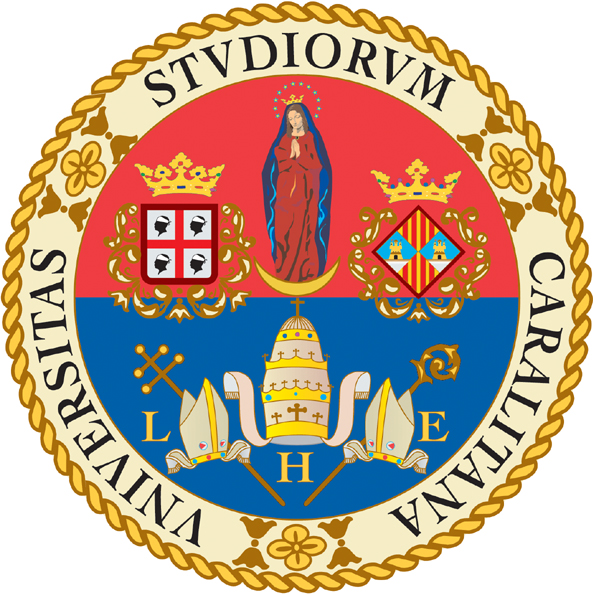THE UNIVERSITY AND THE TERRITORY
The University of Cagliari is one of the two universities in Sardinia and represents the main attraction point for students from the entire island.
It is committed to promoting a permanent dialogue with the productive and institutional system: the goal is to fuel the process of value production and growth of Sardinia, acting as an engine of development and generator of social well-being, through the enhancement of quality in research, teaching, healthcare activities, and, more generally, in the transfer of knowledge to the territory.
The European Commission recommends that national and regional policies for the period 2007-2013 focus their investments on the "Knowledge Triangle", whose vertices are represented by research, innovation, and education, in virtue of the commitment made by all the Member States of the European Union in 2000 in Lisbon: to build a knowledge-based economy.
The university thus sees its institutional role redesigned and expanded to be able to carry out the so-called "third mission", aimed at creating, transmitting, and valorizing knowledge, fostering the transfer of research results and the integration of its graduates into the world of work.
The entrepreneurial system of our region is mainly made up of small production units that typically do not possess the financial and organizational capabilities to develop the scientific and managerial innovation necessary to compete successfully in the markets. Collaboration with the University represents an opportunity to access innovative knowledge and qualified human resources. The agreements signed with institutions and business associations tend to enhance these opportunities and stimulate the entrepreneurial class and public officials to develop a more open and trusting relationship with young people and research centers.
ORIGINS AND DEVELOPMENT OF THE UNIVERSITY
|
Founded by Philip III of Spain in 1620, the University of Cagliari was established with four disciplines: Theology, Laws, Medicine, Philosophy, and Arts. In the second half of the 1700s, Palazzo Belgrano was built, which still houses the Rectorate and the University Library. With the "Casati Law" of 1859, the Botanical Garden and the Biological Station were developed in Cagliari.
The currently existing structures have developed in three distinct phases over the course of the 1900s. In the 1930s, the Faculties of Pharmacy, Teaching, and Mining Engineering were established; in the post-war period, Letters and Philosophy followed, along with the Student House and the "Citadel of Museums". In the 1980s, the construction of the new university campus and the Polyclinic began in Monserrato.
The progressive growth of the university has led to its current configuration with 6 Faculties and 17 Departments, which constitute the operational nuclei of the university organization aimed at achieving the primary objectives of the university: research and teaching, serving the high demand for innovation required by today's knowledge society.
With over 32,500 enrolled students, 44 undergraduate degree programs, 34 master's programs, and 7 single-cycle programs, 45 specialization schools, 34 doctoral programs, and 7 active master's programs, the University of Cagliari provides an important contribution to the high education of young people who choose to study in Cagliari and for the entire island community.
FACULTIES |


Follow us